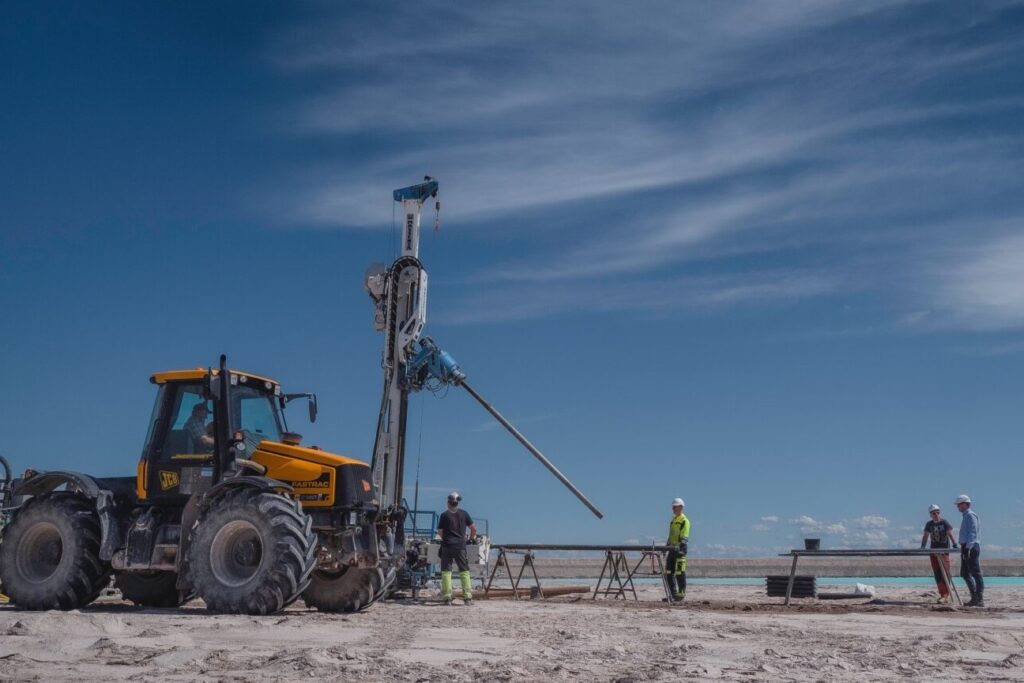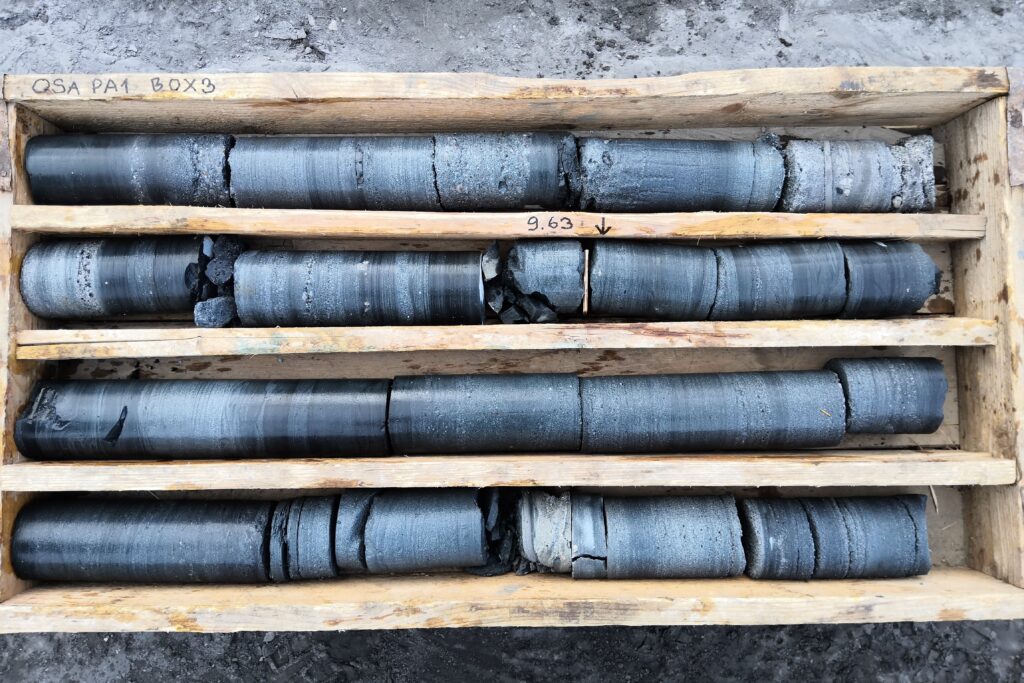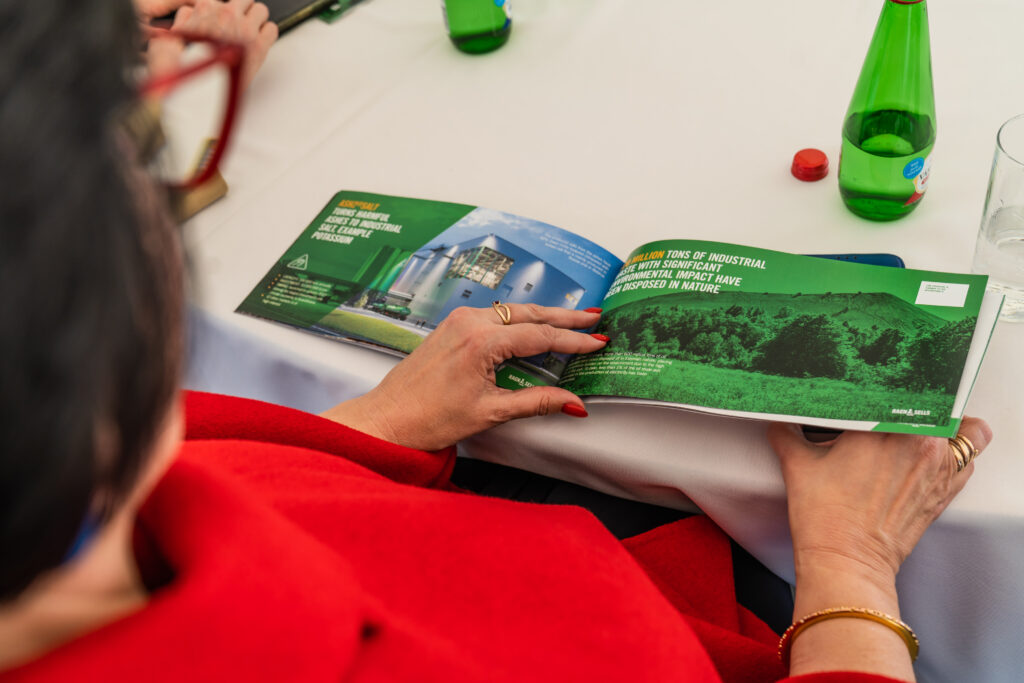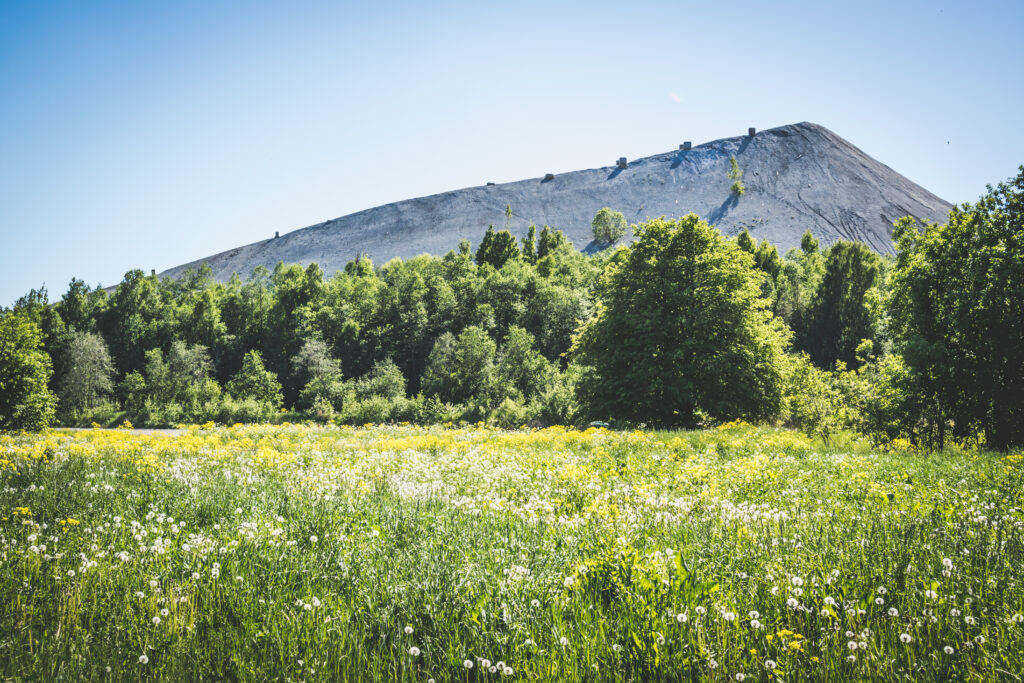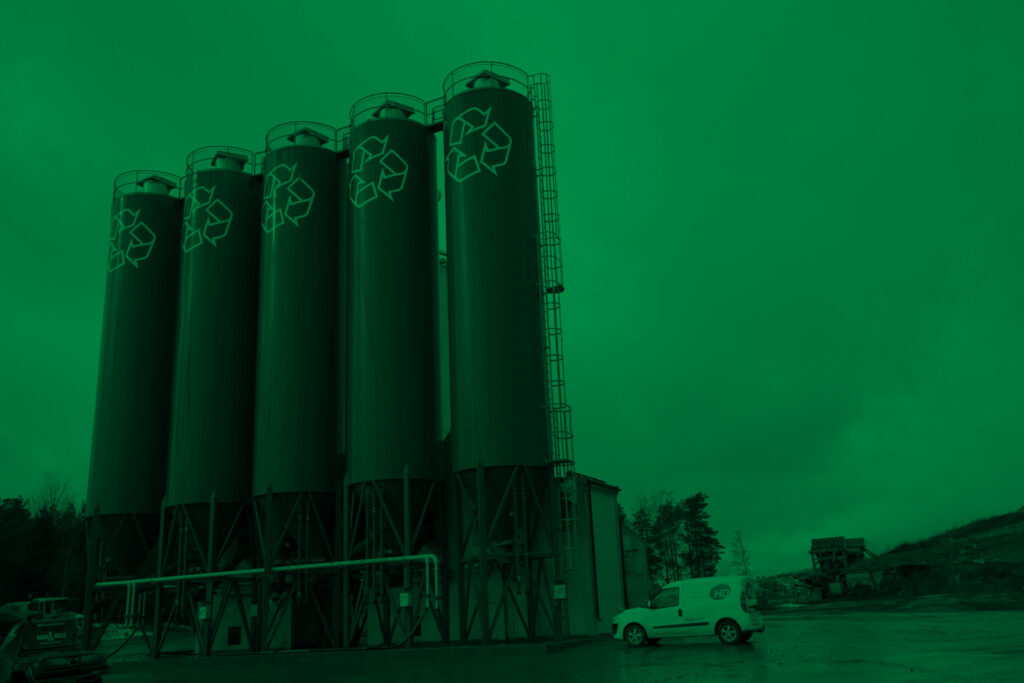According to Ragn-Sells, the company applied to Narva Municipality to start with the detail planning of oil shale ash valorising plant to be built to the territory of Baltic Electricity Plant territory in 2028. The decision about the territory was fallen as the result of its nearness to the oil shale ash hills, existing industrial infrastructure and minimal impact to the local living environment.
Ragn-Sells projektijuhi Alar Saluste sõnul on ettevõte olnud kohaliku omavalitsuse ja elanike esindajatega jooksvalt ühenduses, et arutada eelseisvaid samme ja plaane. „Oleme pälvinud nii kohalikul kui ka rahvusvahelisel areenil positiivset ja toetavat tagasisidet nii uue generatsiooni keskkonnasäästliku tehnoloogia kasutamise plaanide kui ka üldisemalt innovaatilise idee eest väärindada seisvad tööstusjäätmed ja CO2 tooraineks, mis toob Narvale rohepöörde piirkonnana positiivset tähelepanu. Kuid kindlasti oodatakse ka töökohti, investeeringuid ning oskusteavet, mis antud tootmisega Narva kahtlemata ka jõuab,“ lisas Saluste.
The company was choosing in-between eight different locations in Ida-Virumaa and Lääne-Virumaa municipalities. „All of them have their positive sides, but Narva has the large benefit of being located very close to the ash hills. That means we can minimize the environmental impact of transportation of ash. In addition, that location also has the necessary electricity, water and heating connections as well as logistical infrastructure, “said Saluste. He added, that for the local natural and living environment it is very important, that the plant would be built to an already existing industrial territory.
“The vision of Estonian Energy is to create energy production, where the side products – such as oil shale ash, but also calcium carbonate – will be made use of in a maximum way. So, we can create the perfect circular solution: all our products are an input for a next product and the final product created for the end user can be turned into new raw materials once they turn to waste. We are in constant search for new possibilities to valorise the ash and we are glad, that the collaboration project with Ragn-Sells has hit a new big milestone, “ said the Management Board Member of Estonian Energy, Mr. Margus Vals.
Ragn-Sells plaanib kaltsiumkarbonaadi täismahus tootmisega alustada 2028. aastal, enne tuleb läbi viia vajalikud planeeringud ja kooskõlastused. Planeeritav põlevkivituha töötlemistehas suudab ümber töödelda üle miljoni tonni tuhka ja 250 000 tonni CO2-te aastas, mille tulemusel valmib ligi 500 000 tonni ülipuhast kaltsiumkarbonaati. Ida-Virumaale planeeritav tehas toob regiooni hinnanguliselt 250 miljonit eurot investeeringuid ning sellega luuakse kuni 100 otsest töökohta ning antakse tööd veel kuni 400-le kaudsele töökohale.
Before the main plant, Ragn-Sells aims to build a smaller demo plant in another location, where the technological process is fully tested.
The technology developed in collaboration of Ragn-Sells, University of Tartu, Tallinn Technical University Taltech and several international laboratories enables to produce ultra-pure climate positive calcium carbonate from oil shale ash of electricity production combined with CO2. The production does not create any new air emissions, as there is no incineration process involved, also the water is in closed-loop system and all side products will be directed to active use as well. The noise and smell pollution are avoided through closed production process and facilities as well as modern technology.
Ragn-Sells on põlevkivituha väärindamise projekti tarbeks loonud tütarettevõtte R-S OSA Projekt OÜ ning investeerinud antud tegevustesse juba ligi 2 miljonit eurot. Partneritena on projektis kaasas ka Eesti Energia AS, EAS, Sihtasutus Archimedes kui ka rahvusvahelised ettevõtted Tarkett ja Gealan. Põlevkivituha väärindamise projektist ülevaatlik info on leitav www.osaservice.ee

